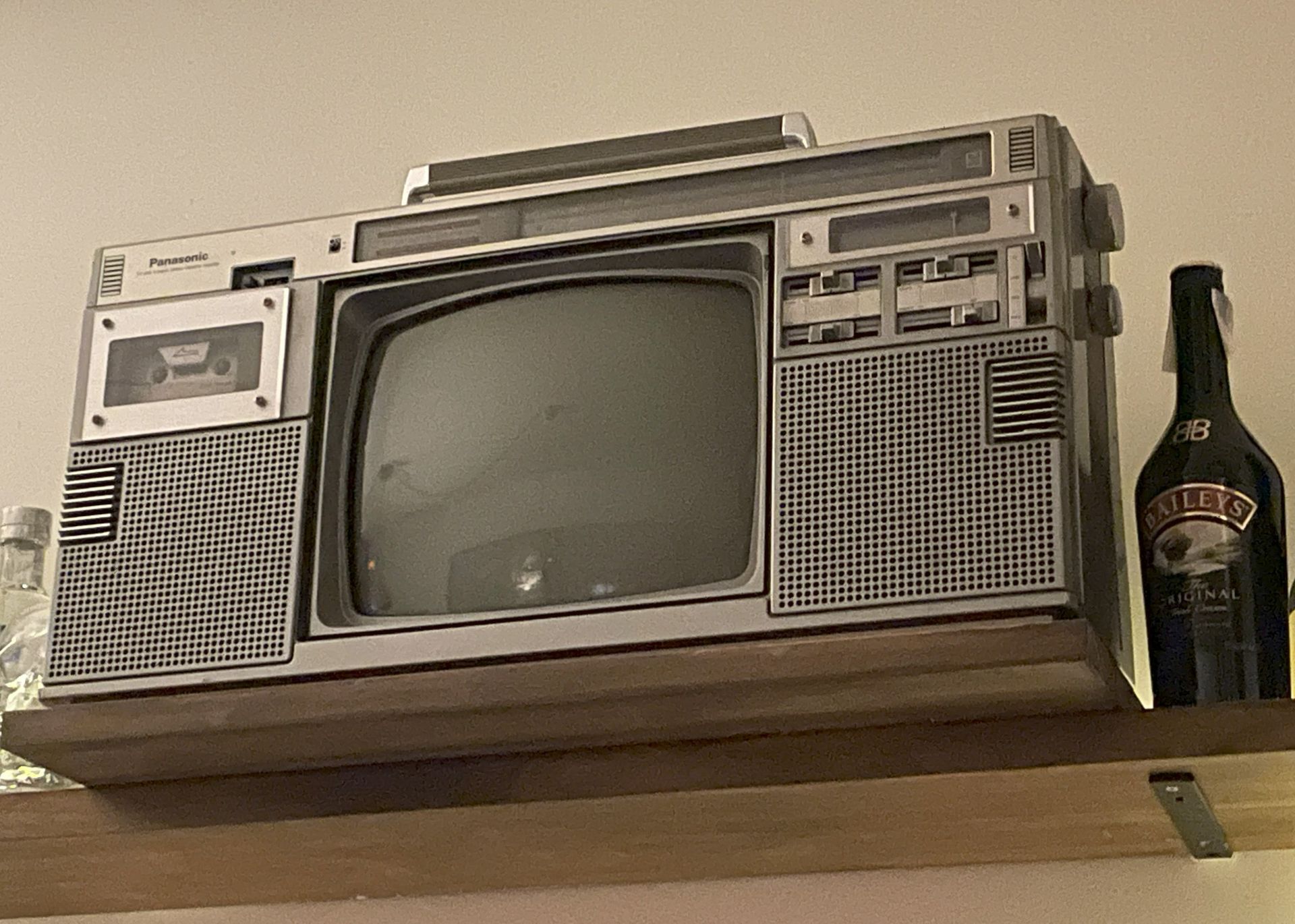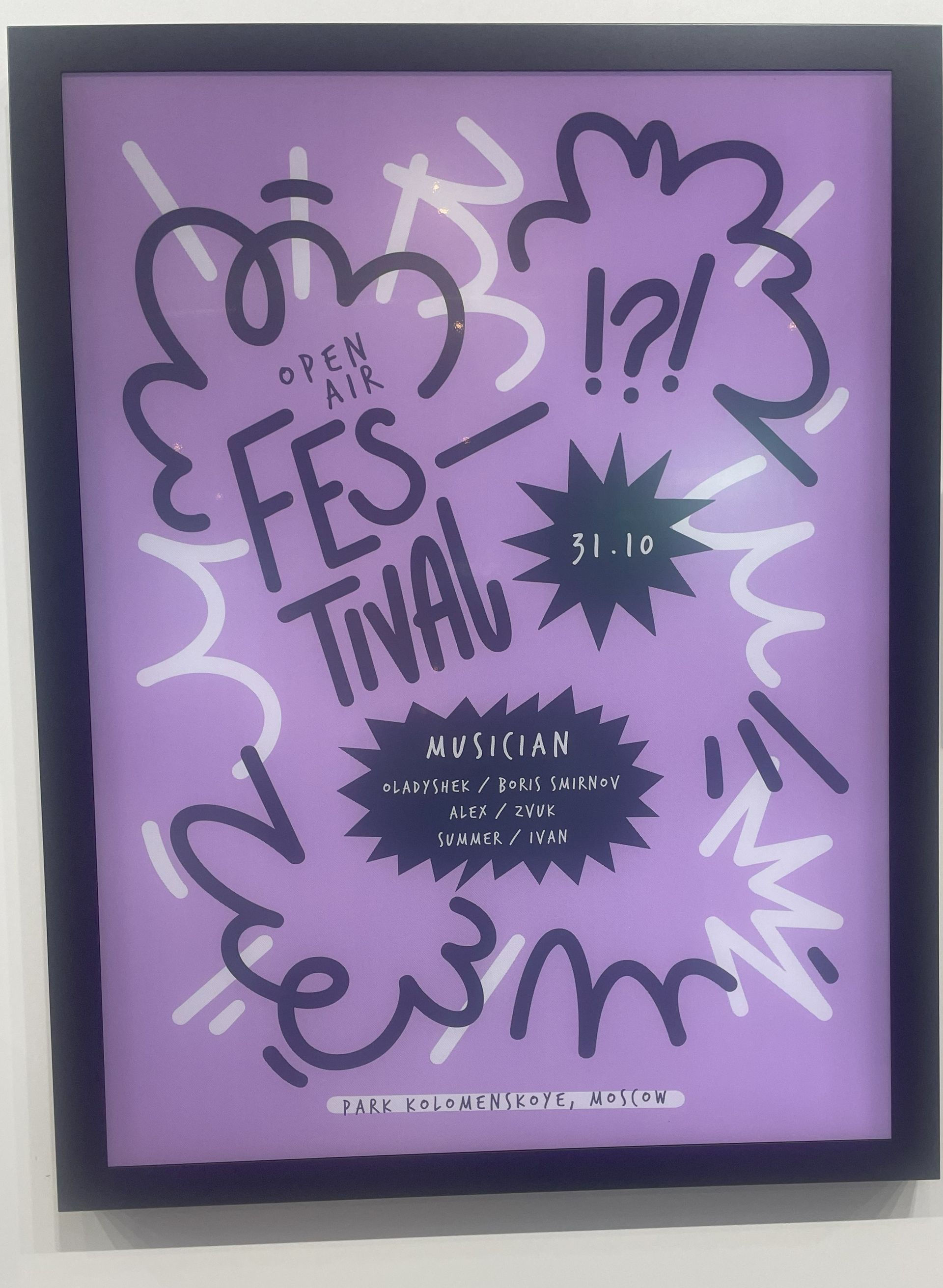The entrance to the ISE consisted of an impressive transparent 3.9 mm LED wall of 193 m2 . The panels were precisely mounted along the window frames without visible power supplies and provided good views from the inside to the outside.

ISE 2024 Recap - a personal overview
The 20th edition of ISE in Barcelona was once again an overwhelming experience for the senses. 8 Huge halls with a total surface area of 57,000 m2, almost 75,000 visitors and 1,400 exhibitors. Too much to see it all.
In my opinion, there were no real ground-breaking new products. It is amazing to see though that the pixel pitch of LED panels can be as small as 0.7 mm, which offers a serious alternative to LCD displays. Artificial Intelligence was only applied in the Home and Videoconferencing solutions.
I have listed a number of striking and fun products.
Disclaimer: This is a very personal and incomplete overview as such.
Want to know what else could be seen at ISE?
I would be happy to talk about it and debate the right application in your AV design.
Please feel free to
contact us.
Transparent/holographic displays
The entrance already showed that transparent LED of almost any size can be mounted behind a glass wall.
Sometimes transparent display solutions are also referred to as holographic screens. It just depends on what kind of content you show on it whether you achieve this desired effect. But it is certainly possible to create spatial 3D effects.
LG and Samsung presented inspiring setups with clever use of transparent displays and different images in the background.
Ultra wide LCD displays versus LED
Unfortunately, major suppliers such as LG and Samsung will stop supplying Ultra wide LCD displays (32:9). It's a shame, I like applying them in designs to present content in a more original way. Fortunately, there are good alternatives with LED panels. From a pixel pitch of 1.5 mm or less, this can provide an excellent readable alternative. The cost price is (still) somewhat higher, but it has a significantly longer lifespan and light output, which outweighs the initial costs.

Cloud based CMS for narrowcasting
Not new, but a cloud-based CMS to manage cross platform content - regardless of which hardware you use - has become very interesting.
Display suppliers now offer excellent System on Chip (SoC) players, so that external players are no longer always necessary. Use the SoC on displays and add external players for projectors and LED walls to complete your narrowcasting structure.
A cloud-based CMS can manage a mix of all these players as identical players As an end user you only need to provide the right content independent of the hardware.
Just interesting and fun
Crowdpixels
During stadium concerts and festivals we have seen bracelets with LEDs that can be centrally controlled by show control, creating a spectacular stadium-filling effect of lighting pixels. Usually all bracelets light up simultaneous, or they light up randomly.
What's new to me is that it is also possible to control groups or clusters separately and with different colours. Even more interesting is that the bracelets or badges can also be controlled specifically by aiming an infrared light beam on them. In this way you can light up very specific LEDs, or shape a logo or an animation as a wave effect through the audience. Very nice for an openings, branded events or on a smaller scale in an experience centre.

Globe projection
I really like this new globe or ball projection because of the transparent base. With a beautiful spatial result. The rear projection sphere is available up to a diameter of 150cm. A library of ready-made content is also supplied.

Anamorphic visuals
Last year it was an eye-catcher and once again there were quite a few
anamorphic visualizations
on display. A great opportunity to see how this effect works but that it only creates the desired 3D effect from the right point of view.
Aluminium pixels
A nice eye-catcher was a wall of vertically moving aluminum panels, each with an LED backlight. By tilting a panel, the adjacent panel was illuminated as if it were a glowing pixel. It is somewhat made me think of the technology behind DLP chips (for those in the know).
The pixels are cleverly mounted on panels in the way LED walls are constructed.
This could be interesting as a 'work of art' in the entrance of a building for a logo animation.
Want to know what else could be seen at ISE?
I would be happy to talk about it and think about the right application in your AV design.
Please feel free to
contact us.







